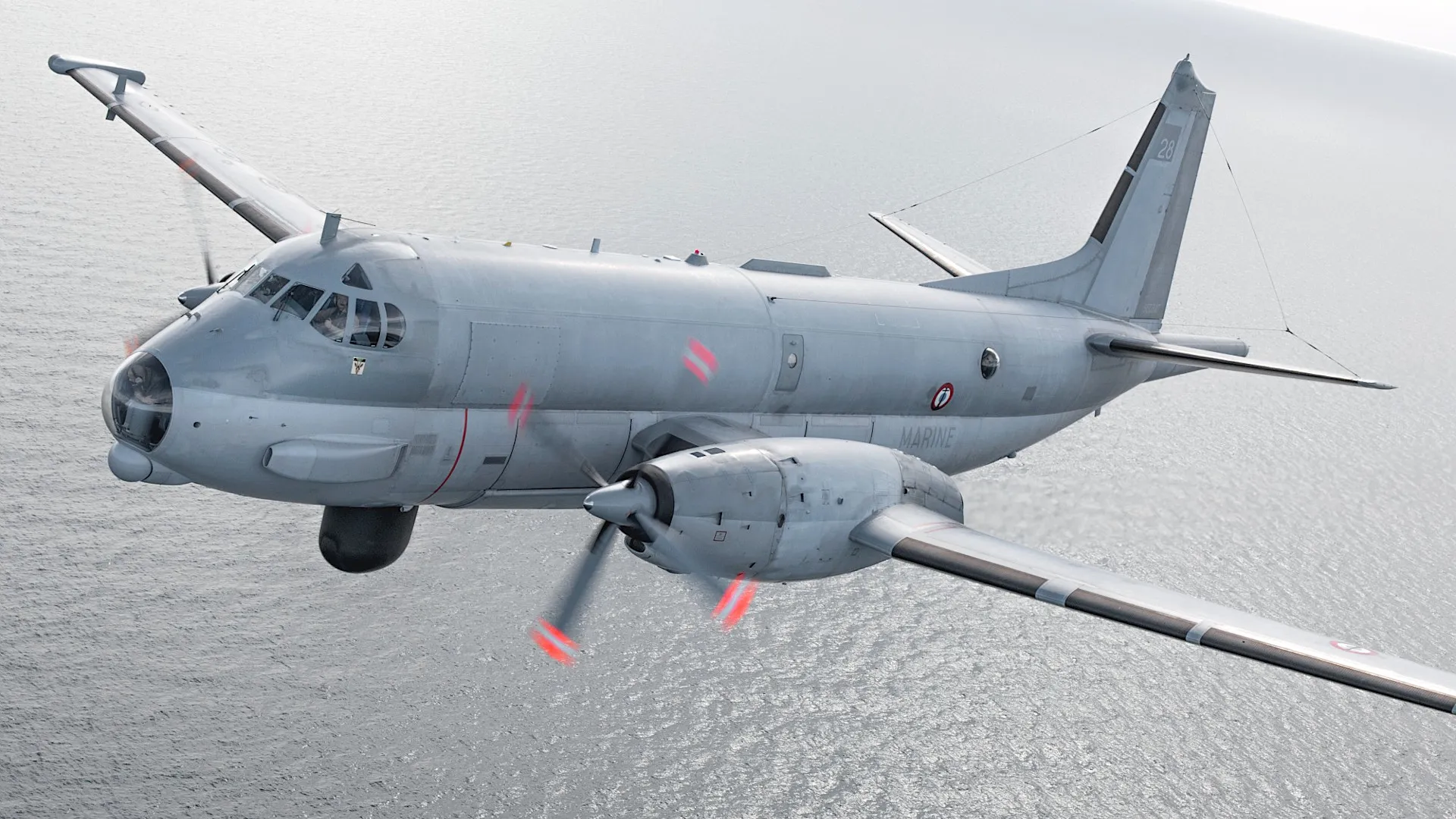
The Russian S-400 system has used its radar to guide anti-aircraft missiles at the French maritime patrol aircraft Atlantique 2 over the Baltic Sea.
French newspaper Le Figaro reported on this.
The incident occurred while the aircraft was conducting an observation flight as part of the deployment of NATO forces and assets in response to damage to submarine cables in the Baltic Sea.
The Atlantique 2 aircraft took off from Brittany with an AFP journalist on board to carry out its mission. It spent almost five hours off the coast of Sweden and the Baltic States, checking about 200 vessels, mostly civilian. However, no suspicious vessels were detected.

It is reported that during this flight, electronic warfare (EW) was used to attempt to interfere with the operation of the aircraft’s systems. In addition, the aircraft was tracked by radar to guide S-400 anti-aircraft missiles.
“The fact that our aircraft in international waters are being “locked on” by radar indicates aggressive actions. Russia is demonstrating its hostility in this way. Still, the professional behavior of the (French) crew allowed us to avoid any escalation,” Colonel Guillaume Vernet, spokesman for the French Army General Staff, explained.
He also noted that the Russian army was not interested in carrying out its threats, as an attack on a NATO aircraft could have caused a sudden and serious escalation in relations with the Alliance.
The French Defense Minister confirmed the incident and called such aggressive actions by Russia unacceptable.

The incident with the French plane is “quite serious” but also “widespread” and “goes far beyond Europe,” General Christopher Cavoli, commander of NATO’s European Command, said during a press briefing.
The Atlantique 2 was originally designed as an anti-submarine warfare aircraft, with the first prototype flying on May 8, 1981. However, this type of aircraft has undergone numerous upgrades during its service life, turning it into a multifunctional maritime patrol aircraft.

Standard 6, the most recent modernization program, launched in 2013, focused on avionics improvements. In particular, the Thales Searchmaster search radar was upgraded, and a new MX-20 optoelectronic sensor unit with day and night optics and a laser targeting device was installed. A new digital acoustic signal processing system and a modern tactical computer were also installed.

At the same time, some of the sensors that were on the aircraft before the modernization were retained. These include passive and active sonar buoys, an infrared forward-looking camera under the nose (separate from the MX-20, used to detect surface targets), a magnetic anomaly detector (MAD) in the tail section to detect submerged submarines, and electronic intelligence units at the wingtips to intercept radio transmissions.
After the upgrade, the aircraft was able to use up to four Paveway laser-guided bombs, including the 500-pound GBU-12/B or 250-pound GBU-58/B. They complemented the aircraft’s existing arsenal, which previously consisted of MU90 anti-submarine torpedoes and AM.39 Exocet anti-ship missiles.
Підтримати нас можна через:
Приват: 5169 3351 0164 7408 PayPal - [email protected] Стати нашим патроном за лінком ⬇
Subscribe to our newsletter
or on ours Telegram
Thank you!!
You are subscribed to our newsletter